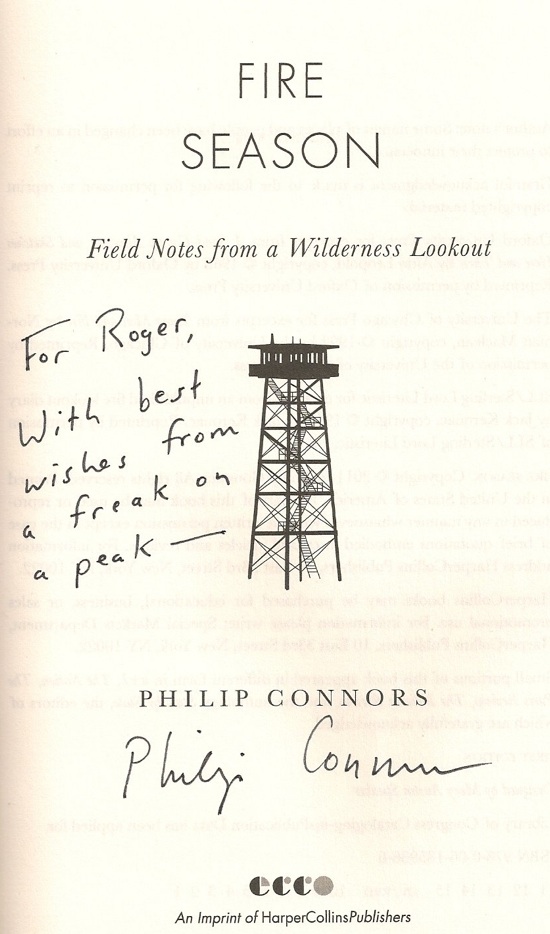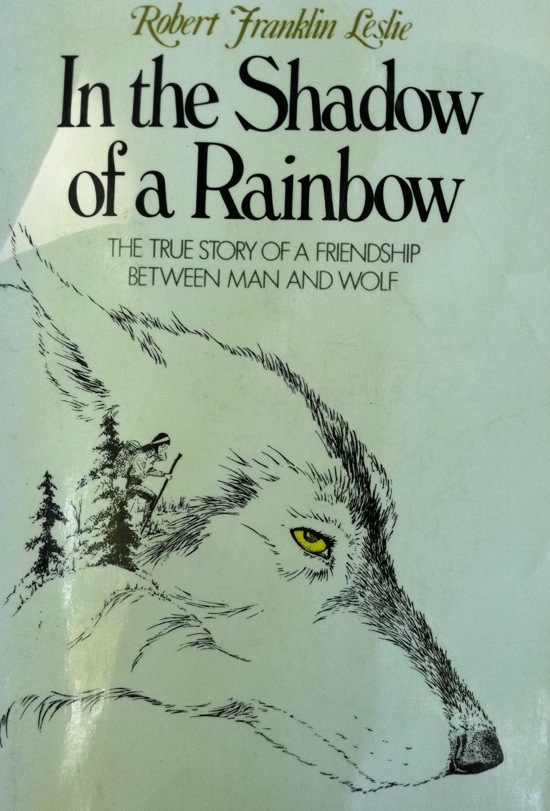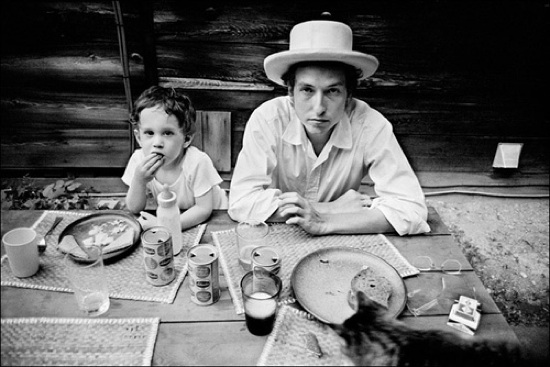 I (Geoff) grew up 40 minutes from Lake Michigan, and that's where I remain today (Grand Rapids, MI). Last fall I bought my first surfboard, a 6'1" made-for-the-lakes shortboard and stumbled into the 14+ foot swells that the cooling lake offers as winter's winds approach. It's tough, lake waves are choppy, inconsistent, usually mushy, and for that reason, require unprecedented attention to conditions to get that real good day. A "swell" (see: storm) can mean driving 8 hours north to Lake Superior to catch a 3 hour window of clean, surfable waves, some of the same that snapped a 730 ft. freighter in two. That said, I've paddled out into waves that were far too big and blown out for me to surf, without fear of being pounded into the hard-packed sand bottom (beats a reef I guess) or into the concrete pier. I've seen onlookers swept off said pier with recorded 20 foot waves, the wind tearing at your board as you trudge head-down from each iron support to the next to pull your way towards the lighthouse.Surfing the Great Lakes is still an oddity. People will see you walking in from surfing, wrestling out of your sandy 6/5/4 wetsuit (with hood, mitts, and booties), shivering in the parking lot at the state park and kindly inform you "you can't surf on a lake". Lucky for them, conditions are best in the fall and winter of the year, which require surfing in snowstorms, and searching for breaks in the ice shelf along the shore to paddle out to open, slushy water. The oddity of surfing the lakes is one of it's pulls for me, all egos aside.I'm not good. Watch the documentary Unsalted (2006) to see people who are, surfing some of the cleanest, biggest waves filmed on the lakes. You can catch the trailer here. Cruise the local lake surf forum, watch this, this, and this.
I (Geoff) grew up 40 minutes from Lake Michigan, and that's where I remain today (Grand Rapids, MI). Last fall I bought my first surfboard, a 6'1" made-for-the-lakes shortboard and stumbled into the 14+ foot swells that the cooling lake offers as winter's winds approach. It's tough, lake waves are choppy, inconsistent, usually mushy, and for that reason, require unprecedented attention to conditions to get that real good day. A "swell" (see: storm) can mean driving 8 hours north to Lake Superior to catch a 3 hour window of clean, surfable waves, some of the same that snapped a 730 ft. freighter in two. That said, I've paddled out into waves that were far too big and blown out for me to surf, without fear of being pounded into the hard-packed sand bottom (beats a reef I guess) or into the concrete pier. I've seen onlookers swept off said pier with recorded 20 foot waves, the wind tearing at your board as you trudge head-down from each iron support to the next to pull your way towards the lighthouse.Surfing the Great Lakes is still an oddity. People will see you walking in from surfing, wrestling out of your sandy 6/5/4 wetsuit (with hood, mitts, and booties), shivering in the parking lot at the state park and kindly inform you "you can't surf on a lake". Lucky for them, conditions are best in the fall and winter of the year, which require surfing in snowstorms, and searching for breaks in the ice shelf along the shore to paddle out to open, slushy water. The oddity of surfing the lakes is one of it's pulls for me, all egos aside.I'm not good. Watch the documentary Unsalted (2006) to see people who are, surfing some of the cleanest, biggest waves filmed on the lakes. You can catch the trailer here. Cruise the local lake surf forum, watch this, this, and this.
 The NYT takes a look at the state park dilemma and what some parks will be doing to stay open this season:
The NYT takes a look at the state park dilemma and what some parks will be doing to stay open this season:

 Thank you to Casey Greene from
Thank you to Casey Greene from 


 I found this pair of B+ condition New Balance Rainiers over Memorial Day Weekend. The Rainier and the Allagash were NB's lightweight hiking boots made in the 80s that touted themselves as the lightweight hiker that you can "actually hike in" because of their generous support on the ankles. Perhaps that's true, and with the Vibrams on mine in such good shape, I suppose I'll find out, won't I? Mmmhmmmm.Excuse the poor phone pictures.
I found this pair of B+ condition New Balance Rainiers over Memorial Day Weekend. The Rainier and the Allagash were NB's lightweight hiking boots made in the 80s that touted themselves as the lightweight hiker that you can "actually hike in" because of their generous support on the ankles. Perhaps that's true, and with the Vibrams on mine in such good shape, I suppose I'll find out, won't I? Mmmhmmmm.Excuse the poor phone pictures. Surfing the "westerns" section
Surfing the "westerns" section 
 I (Geoff) grew up 40 minutes from Lake Michigan, and that's where I remain today (Grand Rapids, MI). Last fall I bought my first surfboard, a 6'1" made-for-the-lakes shortboard and stumbled into the 14+ foot swells that the cooling lake offers as winter's winds approach. It's tough, lake waves are choppy, inconsistent, usually mushy, and for that reason, require unprecedented attention to conditions to get that real good day. A "swell" (see: storm) can mean driving 8 hours north to Lake Superior to catch a 3 hour window of clean, surfable waves, some of the same that
I (Geoff) grew up 40 minutes from Lake Michigan, and that's where I remain today (Grand Rapids, MI). Last fall I bought my first surfboard, a 6'1" made-for-the-lakes shortboard and stumbled into the 14+ foot swells that the cooling lake offers as winter's winds approach. It's tough, lake waves are choppy, inconsistent, usually mushy, and for that reason, require unprecedented attention to conditions to get that real good day. A "swell" (see: storm) can mean driving 8 hours north to Lake Superior to catch a 3 hour window of clean, surfable waves, some of the same that 
 I don't know too much about art, but I recognize a
I don't know too much about art, but I recognize a  "Don't know if I saw you, if I'd kiss you or kill you, probably wouldn't matter to you anyhow..."
"Don't know if I saw you, if I'd kiss you or kill you, probably wouldn't matter to you anyhow..." Sierra Dawn's
Sierra Dawn's 




 I've
I've 
 Tomorrow, May 13th, is the official start to
Tomorrow, May 13th, is the official start to  The
The  Nice little update from brothers Tim and Noah Hussin, on their bicycle-wandering across our fair nation. We
Nice little update from brothers Tim and Noah Hussin, on their bicycle-wandering across our fair nation. We 